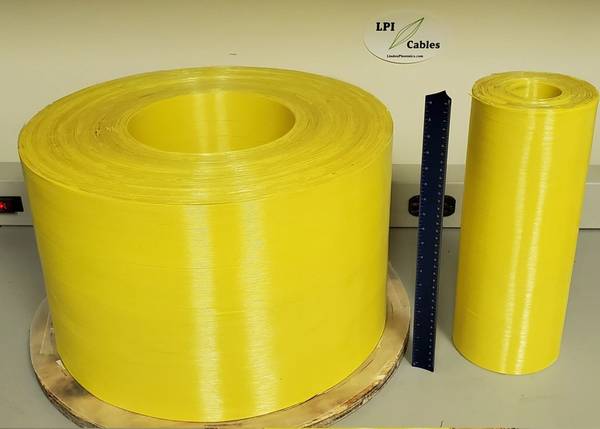In our rapidly evolving technological landscape, innovations aren’t just about functionality and efficiency; they also need to address environmental concerns. Buoyant cable technology is one such innovation that has gained prominence due to its remarkable environmental benefits. This article delves into the eco-friendly aspects of buoyant cable technology, demonstrating how it minimizes environmental impact and plays a pivotal role in sustainable practices.
Substantial Reduction in Seabed Disturbance
Traditional undersea cables often require substantial seabed trenching and can disrupt the delicate marine ecosystems. Buoyant cable technology mitigates this problem by reducing the need for such invasive procedures. Unlike conventional cables, buoyant cables remain suspended in the water column, eliminating the requirement for extensive seabed excavation. This, in turn, lessens the environmental impact on benthic habitats, corals, and other marine life.
Decreased Wildlife Interference
Wildlife interactions with underwater cables have been a significant concern. Animals, especially marine mammals and turtles, have been known to get entangled in traditional submerged cables, leading to injuries and fatalities. Buoyant cables significantly reduce this risk, as they float higher in the water column and have minimal contact with the seabed. By reducing the chances of wildlife interference, these cables contribute to the preservation of aquatic ecosystems and marine biodiversity.
Minimal Material Footprint
The manufacturing of cables typically involves extensive resources and materials. Traditional submarine cables, including their protective sheathing, can have a substantial environmental footprint due to the vast quantities of materials required. Buoyant cables are designed to be lightweight, requiring fewer materials, which makes them a more environmentally friendly choice. Moreover, their reduced weight simplifies installation and reduces the carbon emissions associated with transportation.
Energy Efficiency
Buoyant cable systems are designed to be highly energy-efficient. The cables themselves require minimal energy for installation and maintenance, and their reduced weight allows for easier deployment. Additionally, many buoyant cables are equipped with advanced energy-saving technologies, such as power over fiber and reduced energy consumption during data transmission. These features contribute to a greener approach, with lower energy requirements and reduced carbon emissions.
Extended Lifecycle and Reduced Waste
The durability of buoyant cables is a key factor in their environmental benefits. They are built to withstand the harsh conditions of the marine environment, resulting in a longer lifespan compared to traditional cables. This means that buoyant cables need to be replaced less frequently, reducing the volume of discarded cables and minimizing waste in the ocean. It’s a sustainable approach that aligns with the principles of responsible resource management.
Reduced Maintenance Requirements
Buoyant cables have fewer maintenance needs, another factor contributing to their eco-friendliness. Because they experience less wear and tear compared to submerged cables, the frequency of maintenance and repairs is significantly reduced. This translates to fewer service vessel trips, lower fuel consumption, and less disruption to the marine environment. As a result, buoyant cables contribute to the conservation of marine resources and the reduction of carbon emissions associated with maintenance operations.
Enhancing Renewable Energy
Buoyant cable technology has an essential role in the development of offshore renewable energy sources such as wind and wave power. These clean energy solutions are pivotal in the fight against climate change. Buoyant cables enable the efficient transmission of energy from offshore facilities to onshore grids, making them an integral part of the renewable energy infrastructure. This contributes to the reduction of greenhouse gas emissions and lessens the dependence on fossil fuels.
Supporting Climate Research and Environmental Monitoring
Buoyant cables play a crucial role in climate research and environmental monitoring. They enable the transmission of data from various sensors and observatories placed in the ocean. These tools help scientists gather essential information about oceanographic and climatic conditions, contributing to our understanding of climate change. By facilitating this research, buoyant cables indirectly support efforts to address environmental challenges.
Buoyant cable technology isn’t just a leap forward in underwater communication and data transmission; it’s also a significant step toward minimizing the environmental impact of human activities in the world’s oceans. By reducing seabed disturbance, minimizing wildlife interference, and employing sustainable materials and practices, buoyant cables are a testament to how innovation can align with environmental stewardship. As we continue to embrace this technology and explore new applications, we move closer to a more sustainable future for our planet’s marine ecosystems.
Contact Linden Photonics to get a quote or Call Us at (978) 392-7985

